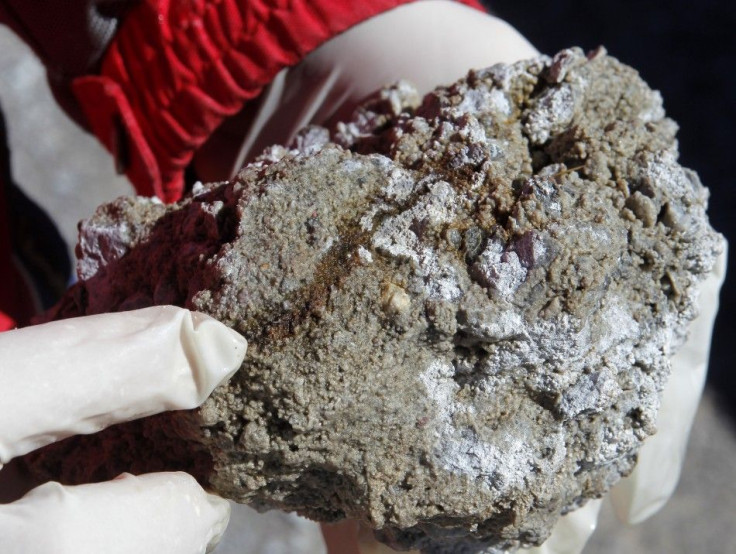Yeast Experiments Suggest Oxygen Oases Supported Primordial Ocean Life

Ancient ocean life that existed millions of years ago on Earth was supported by mere oases of oxygen, a new study reveals.
As documented in the Proceedings of the National Academy of Sciences, a group of researchers demonstrated how minuscule amounts of oxygen in the ocean bed supported life long before the Great Oxidation Event.
There has been a continuing puzzle regarding the first emergence of molecular oxygen as a significant component of Earth's atmosphere that paved the way for the evolution of animal life.
Studies reveal that without the Great Oxidation Event, which involved a dramatic rise of oxygen level in Earth's atmosphere some 2.3 billion years ago, there would be no advanced living forms today. Only some micro-organisms would have existed on the sea bed.
A decade ago, scientists discovered traces of fossil steroids in rocks which are a vital component of some organisms' cell membranes that require oxygen to make. Similar discoveries of fossils dated even years before the Great Oxidation Event led to a debate over whether oxygen existed on Earth's atmosphere even before the period speculated.
To find the required answers, the researchers experimented with yeast which has the capacity of naturally using oxygen in combination with sugars to generate a kind of steroid known as ergosterol, similar to cholesterol. This single-celled organism can live without oxygen as long as it has a source of ergosterol to draw on.
The experiment demonstrated that with very little amounts of the gas, yeast could generate the steroid.
Steroids, whose fossils can be found in rocks dating from before the first signs of atmospheric oxygen, can be made at very low but nonzero O2 levels. Those trace levels of oxygen could have been present in the ocean long before oxygen started to accumulate in the atmosphere, researcher Jacob Waldbauer from the University of Chicago told LiveScience.
This strongly demonstrated the existence of the gas long before speculated.
The time at which oxygen became an integral factor in cellular metabolism was a pivotal point in Earth history. The fact that you could have oxygen-dependent biosynthesis very early on in the Earth's history has significant implications, researcher Roger Summons, a biogeochemist at MIT, told LiveScience.
The researchers also speculated that organisms like cyanobacteria, blue-green algae living at the ocean surface, developed the ability to produce oxygen via sunlight in a process known as oxygenic photosynthesis. But, instead of building up in the oceans, aerobic organisms may have consumed much of this oxygen. The rest may have been used up by large oceanic and atmospheric sinks, such as iron and sulfide spewing out of subsea volcanoes.
© Copyright IBTimes 2025. All rights reserved.





















